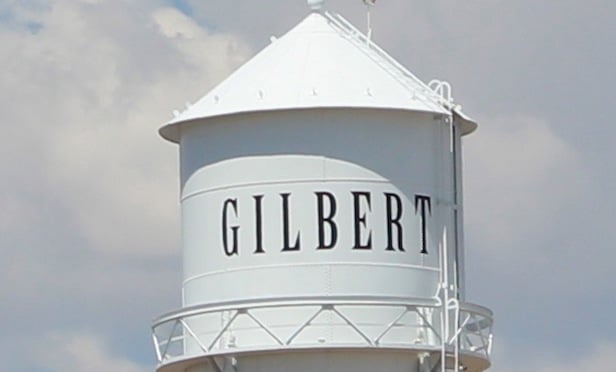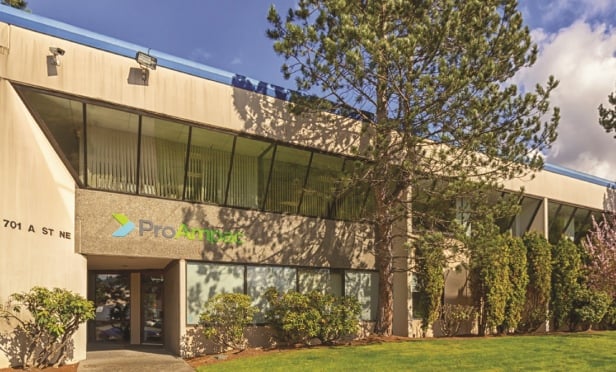IRVINE, CA—Foreign and wealthy buyers' appetite for nicely rehabbed high-end homes in trophy coastal markets is increasing gross profits for these properties, RealtyTrac's VP Daren Blomquist tells GlobeSt.com. After a recently released report from the firm found that homes in the $100,000-to-$200,000 price range garnered a marked increase in flips during Q3 and that gross profits increased significantly in higher-end homes, we spoke exclusively with Blomquist about these phenomena and other home-flipping trends.
GlobeSt.com: What is causing an increase in flips in the $100,000 to $200,000 price range?
Blomquist: In terms of number of flips, all price ranges increased from a year ago except for the $5-million range, but certainly the $100,000-to-$200,000 range had the biggest percentage increase, up 27%. It looks like this could be because the recent surge in bank repossession has given flippers more distressed inventory to purchase—and often that distressed inventory is in the lower price ranges. Of the homes flipped in the third quarter, 21% were originally purchased as bank-owned homes. A year ago, only 6% of the flips were purchased as bank owned.
GlobeSt.com: Why are gross profits increasing in higher-end homes, as your report states?
Blomquist: The numbers here (because they aren't explicitly in the release) are that the average gross profit on flips in the $750,000-and-above price range was $525,899 or 52% gross ROI in the third quarter of 2015, up from a gross profit of $447,899 or 47% gross ROI in the third quarter of 2014. That gross ROI on high-end flips is the highest we've seen in a third quarter of any year since 2007.
While high-end flips are a relatively small portion of all flips, with flips above $750,000 only accounting for 3% of all flips in the third quarter, the average gross profits are rising thanks to an appetite for these nicely rehabbed high-end homes from foreign buyers and other wealthy buyers in trophy coastal markets. Of the 1,324 high-end flips in the third quarter, 28% were in the Los Angeles metro area, 12% in San Francisco, 8% in San Jose, 6% in Miami, and 5% each in San Diego, Washington, DC. and New York. So, those top-seven markets accounted for 69% of all high-end flips in the third quarter.
GlobeSt.com: Is the decrease in home flips as a percentage of total sales due to the fact that most of the inventory to be flipped has already been done?
Blomquist: Well, there was a decrease compared to the previous quarter, but the overall trend this year compared to last year is an increase of 18% in the share of home sales that were flips in the third quarter. That was a surprise because the inventory to be flipped had been drying up, but a recent surge in bank repossessions has provided more inventory for flippers, at least in the short term. In addition, the first-time home buyers that are the bread-and-butter buyer for flippers are coming out of the woodwork in 2015, providing more demand for the flipped product. So, flippers have seen conditions turn more favorable on both the buy side and the sell side. Unfortunately, both of those shifts are probably temporary, so 2015 may be the last opportunity for flippers to really make a lot of hay while the sun shines in many markets.
© 2025 ALM Global, LLC, All Rights Reserved. Request academic re-use from www.copyright.com. All other uses, submit a request to [email protected]. For more information visit Asset & Logo Licensing.







